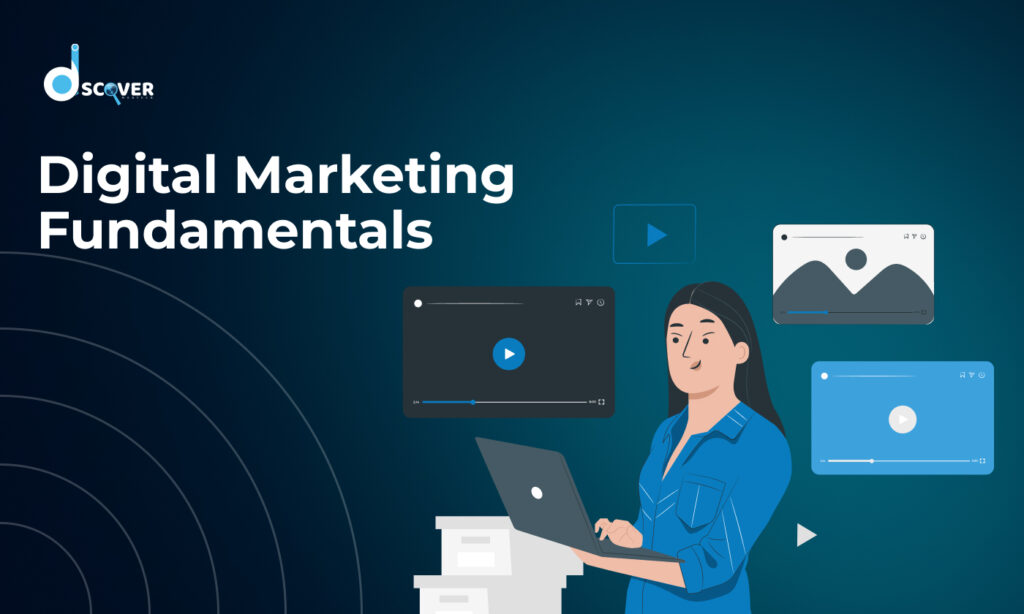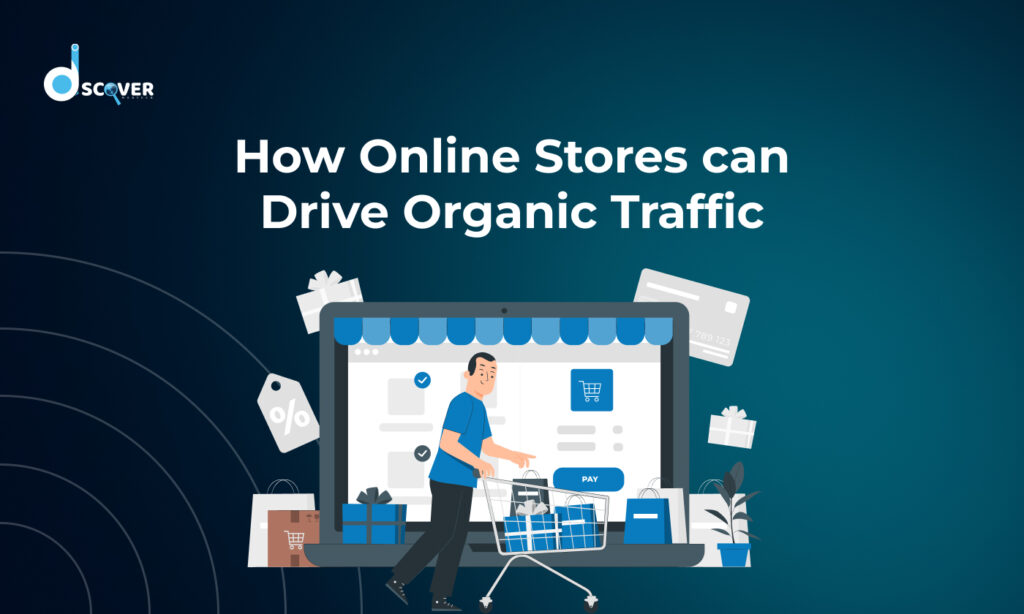
In B2B eCommerce, just getting visitors to your site isn’t enough. Your website needs to be easy to use and engaging, so visitors become regular customers. By improving navigation, optimizing for mobile, building trust, and offering personalized experiences, you can make your site more appealing and increase conversions.
Providing clear product information, streamlining the checkout process, and offering excellent customer support can further help boost conversions. Creating a smooth and reliable shopping experience is key to turning visitors into loyal buyers.
Simplify Navigation and Product Discovery
A cluttered website is one of the quickest ways to lose potential buyers. B2B customers want to find what they’re looking for quickly and without frustration. This means your site’s navigation must be intuitive and structured logically.
- Organize categories: Group related products together and label them clearly. For example, if you sell industrial supplies, divide them into subcategories like “Electrical Components,” “Safety Gear,” and “Machinery Parts.”
- Add a powerful search bar: Include advanced filtering options so users can narrow their searches by price, brand, specifications, or other relevant criteria.
- Highlight top products: Use a “Best Sellers” or “Most Popular” section to guide customers to high-demand items.
An intuitive navigation system encourages visitors to explore your offerings, which leads to higher engagement and, ultimately, more conversions.
Product Information and Pricing Go Hand in Hand
B2B eCommerce buyers need comprehensive details to make informed decisions. Product pages should include high-quality images, specifications, and downloadable resources like manuals or datasheets. At the same time, personalized pricing strategies can make a big difference. Tailored pricing for logged-in users or options for bulk discounts can attract larger orders. These details instill confidence in buyers and make them more likely to complete their purchases.
Combine Checkout Optimization with Building Trust
A smooth checkout process directly impacts your conversion rates. Streamlining the steps, enabling guest checkout, and offering multiple payment methods can significantly reduce cart abandonment. Alongside this, displaying trust signals like customer testimonials, case studies, certifications, or secure payment badges reinforces credibility. Buyers who feel secure in their transactions are more likely to commit to their purchases.
Mobile Optimization is a Game Changer
Today’s professionals are increasingly using mobile devices for business purchases. A website that is not mobile-friendly risks alienating this audience. Responsive design is critical—it ensures your site looks great and functions smoothly across all devices. Additionally, fast load times, easy-to-tap buttons, and simplified mobile forms create an experience tailored to mobile users, helping you capture more on-the-go buyers.
Mobile commerce is growing rapidly in the B2B sector. Many buyers make purchasing decisions on the go, and a website that doesn’t function well on mobile devices can cause you to lose valuable leads.
- Responsive design: Ensure your website adjusts seamlessly to different screen sizes.
- Speed matters: Optimize your mobile site for fast load times. Delays of even a few seconds can drive users away.
- Ease of use: Make buttons, menus, and forms mobile-friendly by ensuring they’re large and easy to interact with.
A mobile-optimized B2B eCommerce site ensures your customers can access your platform anytime and anywhere, increasing the chances of completing a purchase.
Empower Buyers with Self-Service Options
B2B buyers often prefer the autonomy to manage their purchases. By integrating self-service tools, you can make their experience more efficient. Features like reordering previous purchases, tracking orders, and accessing invoices through a dedicated account dashboard allow buyers to handle routine tasks independently. This not only saves their time but also reduces the load on your customer support team.
Real-Time Support and Knowledge Resources
Even with self-service tools, some buyers may need immediate assistance. Offering real-time support through live chat or chatbots can resolve questions and clear doubts instantly. A robust knowledge base with FAQs, tutorials, and product guides can further empower users by addressing common issues proactively. Combining these options ensures your buyers feel supported throughout their journey.
Focus on SEO and Use Analytics for Growth
Making the B2B eCommerce website search engine friendly attracts only relevant traffic. Using relevant words in product descriptions and using meta tags with industry-relevant publications such as blogs or white papers establishes authority. Upon getting traffic, analytics would be used to study behavior; areas of improvement would thus be identified, and refining one’s strategies would be done constantly. Analysis and adjustments that make the site effective over time are continuous.
Final Thoughts
Optimizing your B2B eCommerce site is an ongoing process that blends strategy with customer-centric features. Simplifying navigation, enhancing mobile usability, and offering detailed product information with personalized pricing are just the beginning. By focusing on trust, self-service tools, and real-time support, you can create a seamless and reliable experience that encourages conversions. Start implementing these practices today with DiscoverWebTech to elevate your site’s performance and drive lasting business growth.
FAQs
How can I improve the navigation on my B2B eCommerce website?
Ensure your website has a well-structured menu, organized product categories, a powerful search bar with filters, and a “Best Sellers” section to guide users efficiently.
Why is mobile optimization important for B2B eCommerce?
Many professionals make business purchases on mobile devices. A mobile-friendly site with responsive design, fast load times, and easy navigation ensures a smooth experience and increases conversions.
What are some ways to build trust with B2B buyers?
Display trust signals like customer testimonials, certifications, case studies, and secure payment badges to reassure buyers of your site’s credibility and security.
How can I reduce cart abandonment on my B2B site?
Streamline the checkout process, enable guest checkout, offer multiple payment methods, and ensure a seamless, hassle-free experience to minimize cart abandonment rates.
How does SEO and analytics help in B2B eCommerce success?
SEO attracts relevant traffic by optimizing product descriptions and metadata, while analytics help track user behavior, identify pain points, and refine strategies for continuous improvement.


